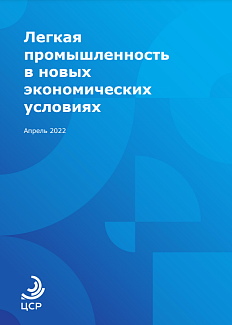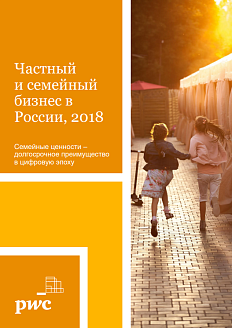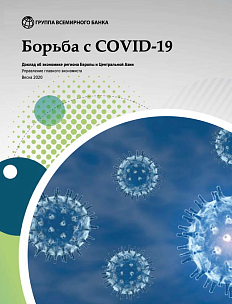According to World Bank economists, real GDP growth in Russia surpassed expectations in 2018, reaching 2.3 percent, mostly due to one-off effects of energy construction. Relatively high levels of international reserves, a relatively low external debt and a flexible exchange rate regime helped Russia limit exposure to external volatility and absorb external shocks. Higher oil prices, combined with a weaker ruble, better tax administration, and a conservative fiscal policy further improved fiscal balances at all levels of the budget system in 2018. New development goals announced by the President in May 2018 have led to the shaping of 13 national projects, which total 25.7 trillion rubles (about USD 390 billion, or about 2.8 to 3.2 percent of GDP annually) for 20192024.
Consumer price inflation, at 5.1 percent in May, exceeded the CBRs target of 4 percent in annual terms since the beginning of 2019, when it experienced the most intense VAT pass-through effect. Unemployment declined further in the first quarter of 2019 to a current 4.8 percent. When compared to advanced economies, Russia spends less on health and education. Rebalancing in favor of these categories could improve the overall efficiency of public spending.
Forecasted growth of 1.2 percent in 2019 and 1.8 percent in 2020 and 2021 reflects a modest outlook. Russias macro-fiscal buffers remain strong, with fiscal surpluses across all tiers of government and low public-debt levels.
.png)
The outlook is subject to risks. Key risks to medium-term growth include the expansion of economic sanctions, renewed financial turmoil in EMDEs, a dramatic drop in oil prices, and souring of the global trade environment. The recent double-digit expansion in household credit may also pose a risk to financial stability in the case of a deterioration in the macroeconomic environment. Short-term inflationary risks have abated, with the Bank of Russia signaling a return to a neutral policy rate. Lending activity is recovering, but the banking sector remains afflicted with high concentration and state dominance.
Having eased slightly, the poverty rate remains in double digits with many households close to the poverty line and lacking formal employment. Stable economic growth, wage growth in the private sector, and the indexation of pensions to inflation should support disposable incomes and contribute to a gradual decline in the poverty rate in 20192021.
This editions special section focuses on the spread of informal employment in Russia and possible measures to address it. According to World Banks data, informal employment is rising in Russia in the face of close-to-zero net job creation by medium-sized and large formal enterprises. The share of informal employment is estimated to range between 15.1 and 21.2 percent. At the same time, Russias share of informal employment is not that high when compared to other middle-income countries.






